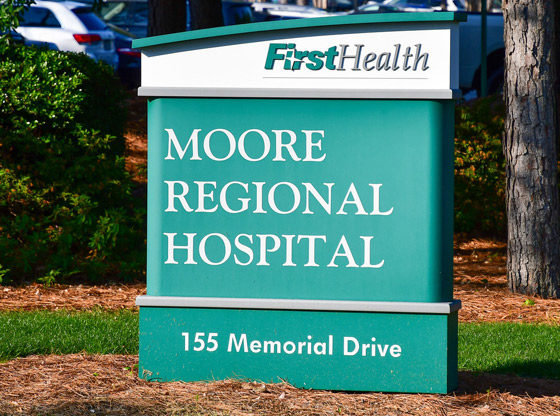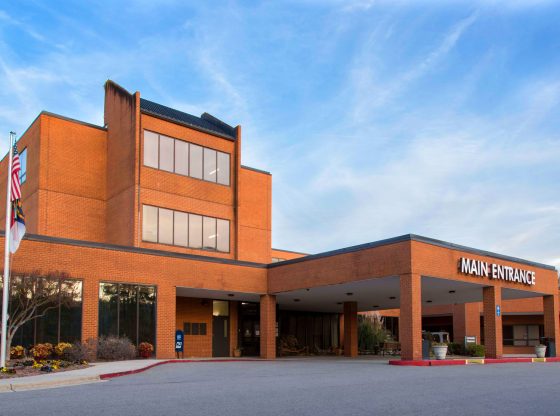During October, residents of nursing homes and assisted living facilities, along with family members, ombudsmen, citizen advocates, facility staff and others will honor the individual rights of long-term care residents by celebrating Residents’ Rights Month.
“We want to recognize residents’ rights to choose their own schedule and activities, communicate how and with whom they choose, be an active partner in directing their care, and be treated as an individual with unique wants and needs,” says Sandy Nusbaum, chairman of the Moore County Nursing & Adult Care Homes Community Advisory Committee (CAC).
According to the 2016 State of the County Health Report, published by the Moore County Health Department and MooreHealth Inc., the county boasts one of the highest life expectancy rates in North Carolina.
The news; however, isn’t all positive. Alzheimer’s disease is now the third leading cause of death in Moore County, behind cancer and heart disease. And the local death rate for Alzheimer’s patients is nearly three times higher than the state average.
Otis Ritter, the commissioners’ liaison to the CAC says that the growing number of elderly residents makes the prevalence of Alzheimer’s cases here something of a foregone conclusion.
“Our population of older citizens is increasing due to modern medical advances and this makes the role of the CAC more important to our aging citizens. As for the Alzheimer’s increase in the population, unfortunately, modern medical advances have not been as successful.”
The proportion of older people in Moore County is projected to swell to 34 percent in the next 20 years growing more than any other age group over the same span of time. The forecast is based largely on local life expectancy, which ranks as the ninth highest in the state.
The state-mandated, county operated CAC maintains the intent of the Nursing and Adult Care Homes Resident Bill of Rights and promotes community involvement and cooperation with these homes to ensure quality of care for older adults.
Committee members visit assisted living and nursing home facilities in Moore County monthly and report concerns to a regional ombudsman from Triangle J Area Agency in Raleigh so that issues may be addressed. Those reports are also available online.
Moore County recently updated its website to make reports more readily accessible. Visit https://www.moorecountync.gov/community then click Programs & Services. Reports, says Nusbaum are added quarterly.
Long-term care facilities in Moore County include eight Adult Care Homes/Assisted Living (637 beds); seven Skilled Nursing Facilities (441 beds); eight facilities that offer memory care (224 beds); and six Family Care Homes (36 beds).
“The difference between a Family Care Home and an Assisted Living Facility is simply the number of beds,” says Nusbaum adding that family care homes only have up to six beds; they are smaller but offer similar services. A comprehensive list of Moore County Long Term Care Facilities and contact information is available by contacting Nusbaum at [email protected].
“By listening to residents’ voices, we honor their lives and experiences as well as treat them with dignity and respect; staff and residents can enjoy relationships that enhance their daily lives, and the long-term care facility can operate more effectively in its daily activities when based on and developed with consumer involvement.”
Feature photo: Sandy Nusbaum, CAC Chair, reviews the new nursing and adult care home report site with Otis Ritter, County Commissioner.

















